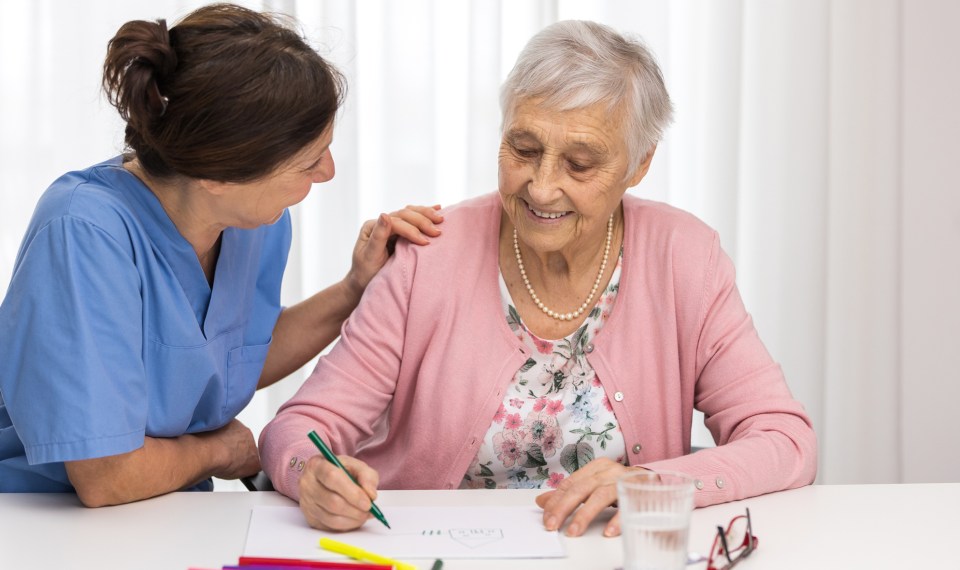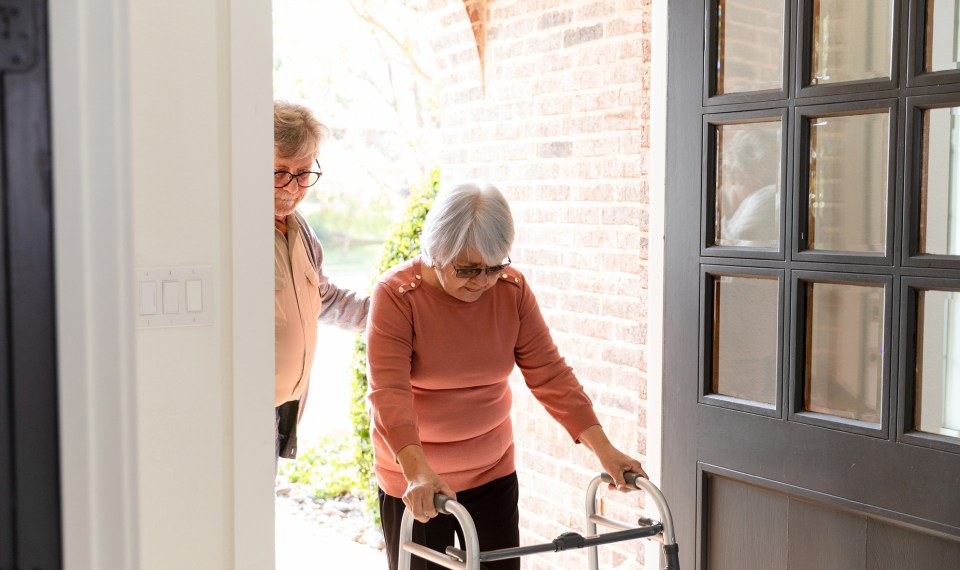The term “ADLs” in healthcare stands for Activities of Daily Living; iADLs are instrumental Activities of Daily Living. But what is the difference between ADLs and iADLs, and why are they important in a patient’s recovery after a life-changing illness or injury?
ADLs address those very basic activities that allow a patient to care for themselves, such as bathing and using the bathroom. On the other hand, iADLs are more complex, but they are also important to getting a patient back to their lives. Examples of iADLs include balancing a checkbook and managing medications.
A therapy plan that starts with ADLs and progresses to iADLs will better prepare a patient to reenter their community and get back to their lives to the best of their new abilities.
“Both are very important,” said Elizabeth Halkett, an occupational therapist and regional director of therapy operations for Encompass Health. “If you can’t feed, bathe or dress yourself, it’s going to be a lot harder to do iADLs. You build one on top of the other.”
What are the Basic ADLs?
ADLs are the everyday tasks an individual performs. They include:
- Dressing
- Eating
- Toileting
- Bathing
- Grooming
- Mobility
How are iADLs Different from ADLs?
As Halkett said, iADLs build upon those basic ADLs.
For example, a patient recovering from a stroke could start working with his care team to learn how to eat, focusing on swallowing and using utensils. Once they achieved that goal, they would then move on to meal preparation.
“A patient should have their basic ADL goals and iADL goals,” Halkett said. “Once they can eat, can they make a sandwich or warm something up? That’s what those iADLs address.”
Basic iADLs include:
- Managing finances
- Cooking and meal preparation
- Medical management
- Transportation
Addressing ADLs and iADLs in Inpatient Rehabilitation
A team of occupational, physical and speech therapists assist patients in meeting their ADL and iADL goals.
Encompass Health rehabilitation hospitals have ADL suites to allow patients to practice both ADLs and iADLs in a setting similar to a home environment.
These suites are complete with a small bedroom and bath, as well as a kitchen. Early in a patient’s stay, they may work with a therapist on basic ADLs, such as getting in and out of the shower. As they progress in therapy, their work in the ADL suite might include preparing a meal, completing a laundry task or practicing medication management.
Halkett said those goals will vary from patient to patient, and certain ADLs and iADLs may fall to their caregivers, as well. However, getting practice in a real-world environment can help patients better transition home and regain their independence.
“We want to prioritize what’s most important to them, to their work and life,” Halkett said. “We can work on things like housework, laundry and pet care. We can also work on making sure they can get the bills paid. Those are things patients tend to worry about. Those can be huge stressors for patients, and we’re here to help.”
The content of this site is for informational purposes only and should not be taken as professional medical advice. Always seek the advice of your physician or other qualified healthcare provider with any questions you may have regarding any medical conditions or treatments.



